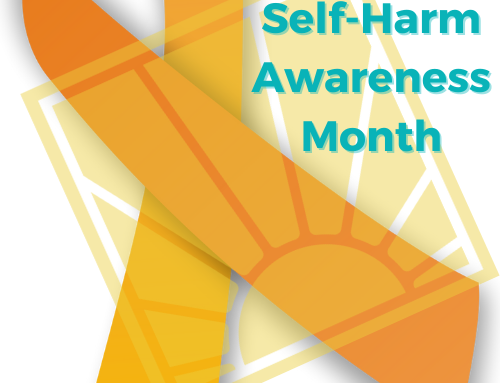Is there a teenager in your life who is a constant drain of energy? Someone who does not respect your space or takes liberties with your financial or emotional resources? It is important to set boundaries with teens.
This person may be your daughter who continuously breaks curfew. It might be a friend who is just a little too needy and emotionally demanding. It might be your son who does not seem to understand or honor your need for periods of peace and quiet.
Often in these cases, there is a bit of a double-bind feeling–i.e. it feels cruel to take your daughter’s keys and cell phone away, but you want a restful night for once! Your friend may have legitimate reasons for being lonely, but they take up an enormous amount of your energy and time every time you interact. The result is a kind of grudging agreement to live with a situation that fosters resentment and dysfunction. That’s not good for anyone.
The good news is that with the help of a skilled therapist, most people can learn to identify and establish boundaries that will work for them and their loved ones. This can lead to a healthier and happier relationship, even with someone who would otherwise be difficult to deal with.
Setting Boundaries with Teens
Here are a few simple tips to get you started in the right direction with the boundary busters in your life:
Tune In: When you feel drained, angry, or stressed, check in with yourself. What relationship or situation seems to be causing these feelings? Is there a theme here? If a certain person or situation routinely causes you distress, it may be time to practice boundary setting. Review both your emotional state and your physical state, how does this discomfort manifest in your body? What are the triggers?
This kind of mind-body awareness is a helpful first step in understanding your own ideal boundaries and is a key element of dialectical behavioral therapy (DBT) and other “mindfulness” oriented therapeutic approaches. Effective boundary setting is based on a clear understanding of your own emotional needs for privacy, safety, well-being, friendship, belonging, solitude, etcetera. So it’s impossible to establish healthy boundaries until you understand your personal preferences in these areas.
Be Proactive: It’s easy to keep saying “yes” to people and commitments well past your emotional threshold. When this happens, you may find yourself feeling suddenly reactive, violated, used, exhausted, or resentful, even though those feelings have likely been building up for some time. You’re unlikely to set effective boundaries at this point because you’ll already be in fight or flight mode. Once you’ve learned to tune-into your own feelings and needs you can practice anticipating uncomfortable situations that might escalate. This will allow you to identify and set boundaries proactively, well before there’s a problem, “hey, Jackson, we’d love a call before you come by for dinner to check our availability.”
Be Clear: Effective boundaries must be clearly articulated, concrete, and practical. Clear communication ensures that the boundary is understood; concrete expectations ensure that the boundary is achievable; practicality ensures that the boundary is reasonable and has a specific desired outcome, “Jackson, if you give me a buzz in the morning I can usually carve out a 15-minute break in the afternoon to hang out. That way I won’t get stressed about falling behind in my work and I can focus on our chat.”
Be Positive: Aggressive or demanding boundary setting isn’t usually necessary or helpful. It’s more typically a reactive way of expressing our own emotional discomfort and dysfunction than a way to proactively improve a relationship. Setting boundaries ideally happens before there is resentment, anger, or frustration, and is done in a positive manner. If a boundary has to be set after the situation has advanced to a point of heightened negative emotions, visualization exercises, initially with a skilled therapist, can help deescalate these feelings, allowing you to communicate boundaries clearly and calmly.
Seek a Win-Win: Effective boundary setting generally seeks a win-win situation for all parties. Setting boundaries is a negotiation of your needs with those of others in order to create a harmonious and sustainable relationship. Whenever possible, set boundaries in a manner that acknowledges the needs and wants of other involved parties and that engages their cooperation. This doesn’t mean that your fundamental boundary needs are negotiable, but the way you get them met might be.

